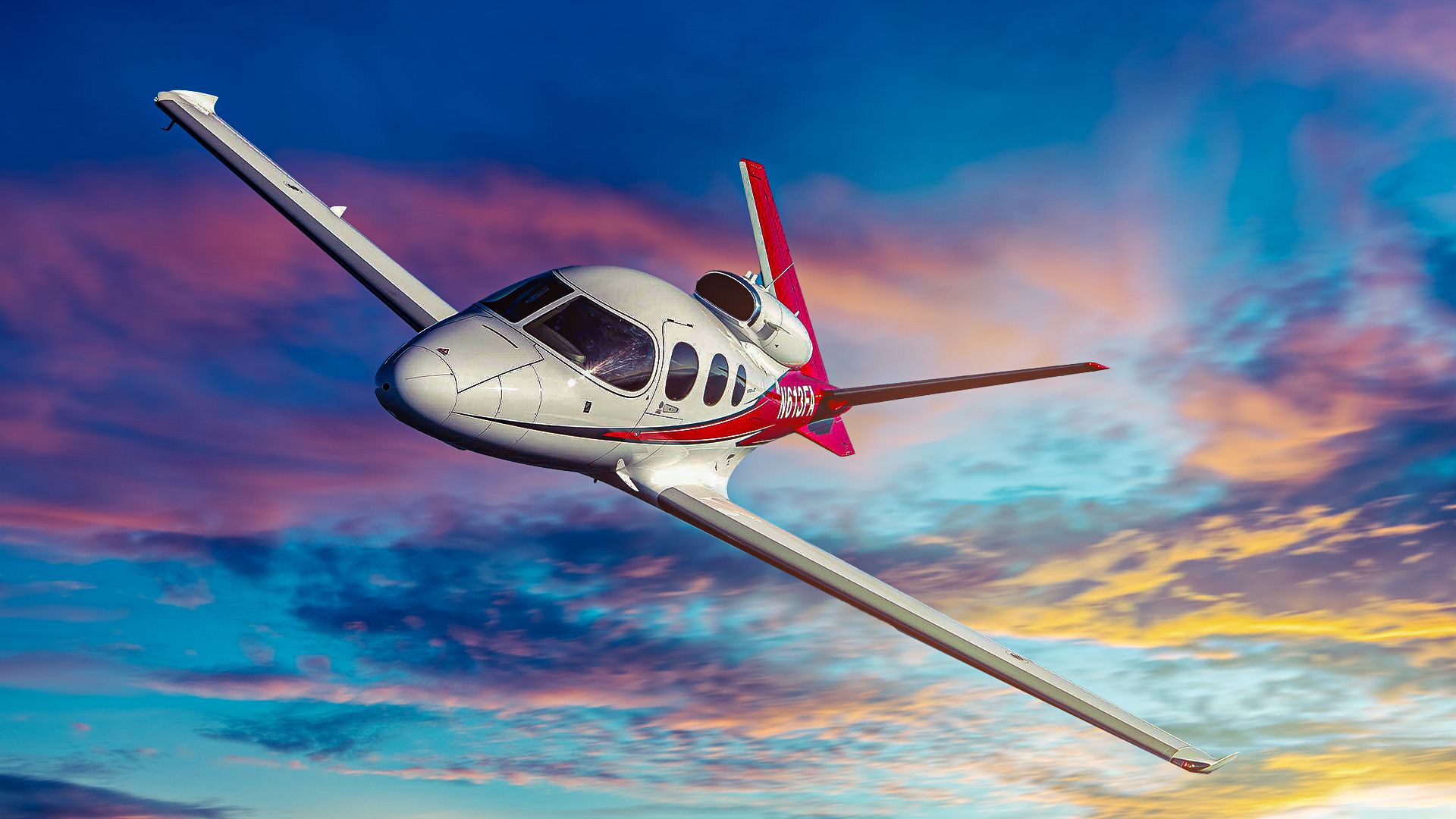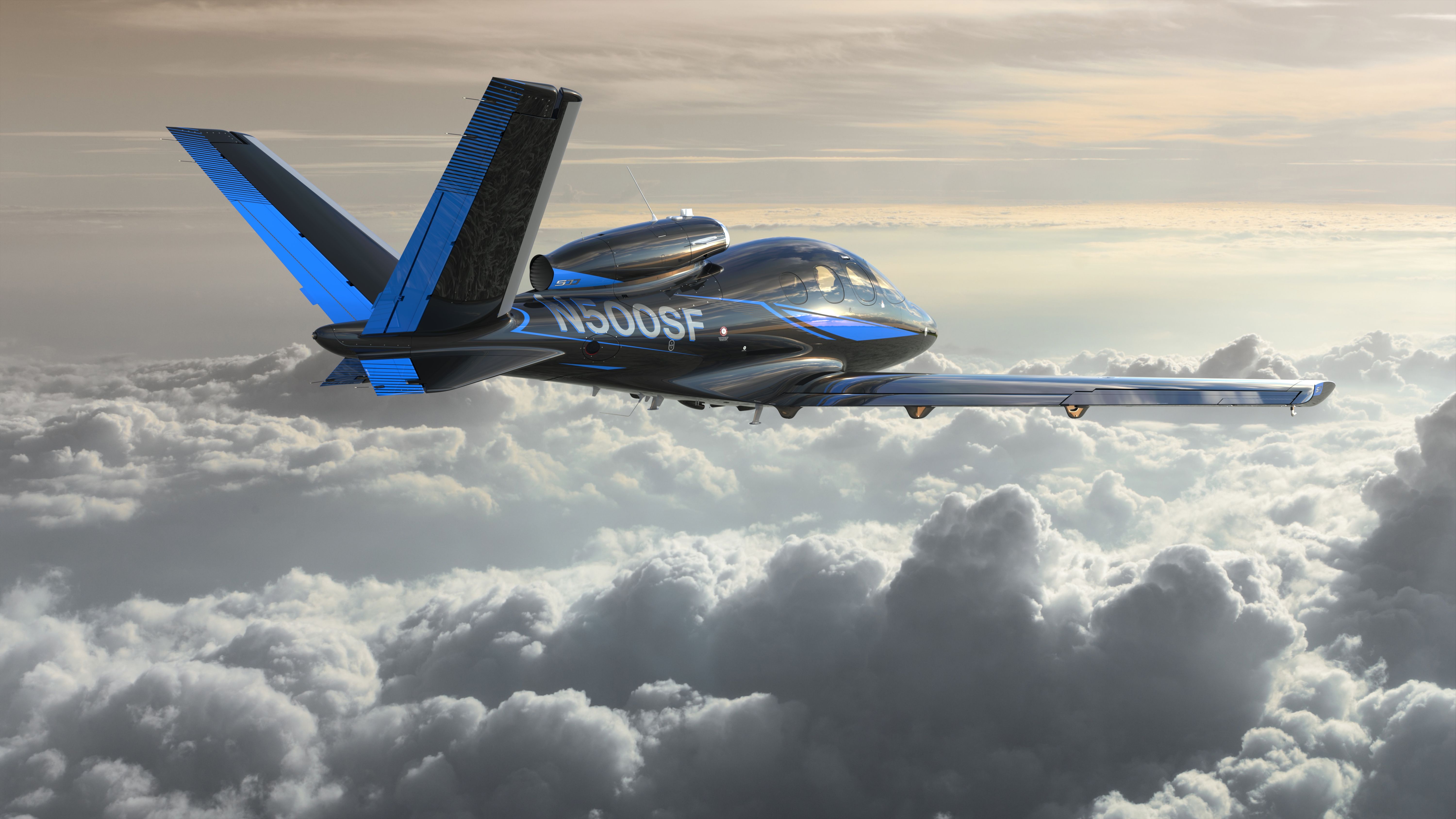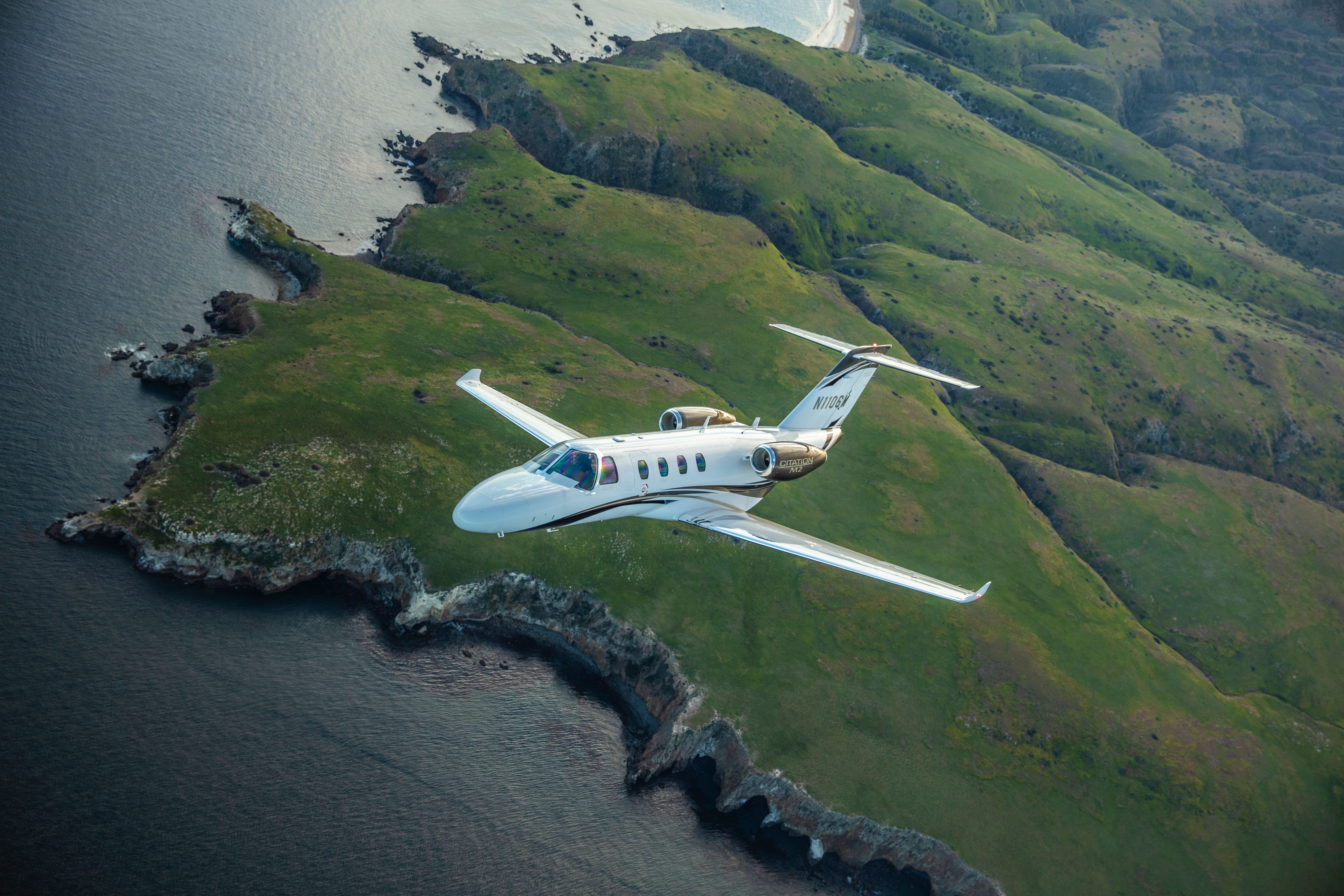Summary
- The Cirrus Vision Jet is the least expensive private jet available right now, with an average upfront cost of $3M.
- Operating the Cirrus Vision Jet costs $1,584.06 per hour, with total variable and fixed costs of $712,826. This will depend on whether the jet is chartered out or not.
- The HondaJet and Citation M2 are competitors to the Vision Jet, with operational costs of $2,053.65 and $2,589.86 per hour, respectively.
According to Stratos Jets, the Cirrus Vision Jet is the least expensive private jet. This article will explore the cost of acquiring and running the aircraft and compare it to similar planes.
The Cirrus Vision Jet can carry up to five people
How much does it cost to acquire?
According to the comparison of private jet cards, Vision Jet’s average upfront acquisition cost is around $3M. This is the cheapest private jet in its category. Other jets in the same league include the Citation M2.
As with anything, the second-hand market is the best way to find deals on this already somewhat affordable jet. According to the Aircraft Cost Calculator, a used SF50 would cost $1,9M.
Looking at marketplaces like Controller.com will back up this claim, with most jets retailing around $1,8M at the time of writing. The most expensive model listed for sale is a one-year-old SF50 at $4M. The high price tag (compared to other models) would be because the jet has low flying hours and is part of the latest generation of SF50s, the G2.
Much like cars, the price will also rise depending on the different additional packages opted for, increasing the aircraft’s value.
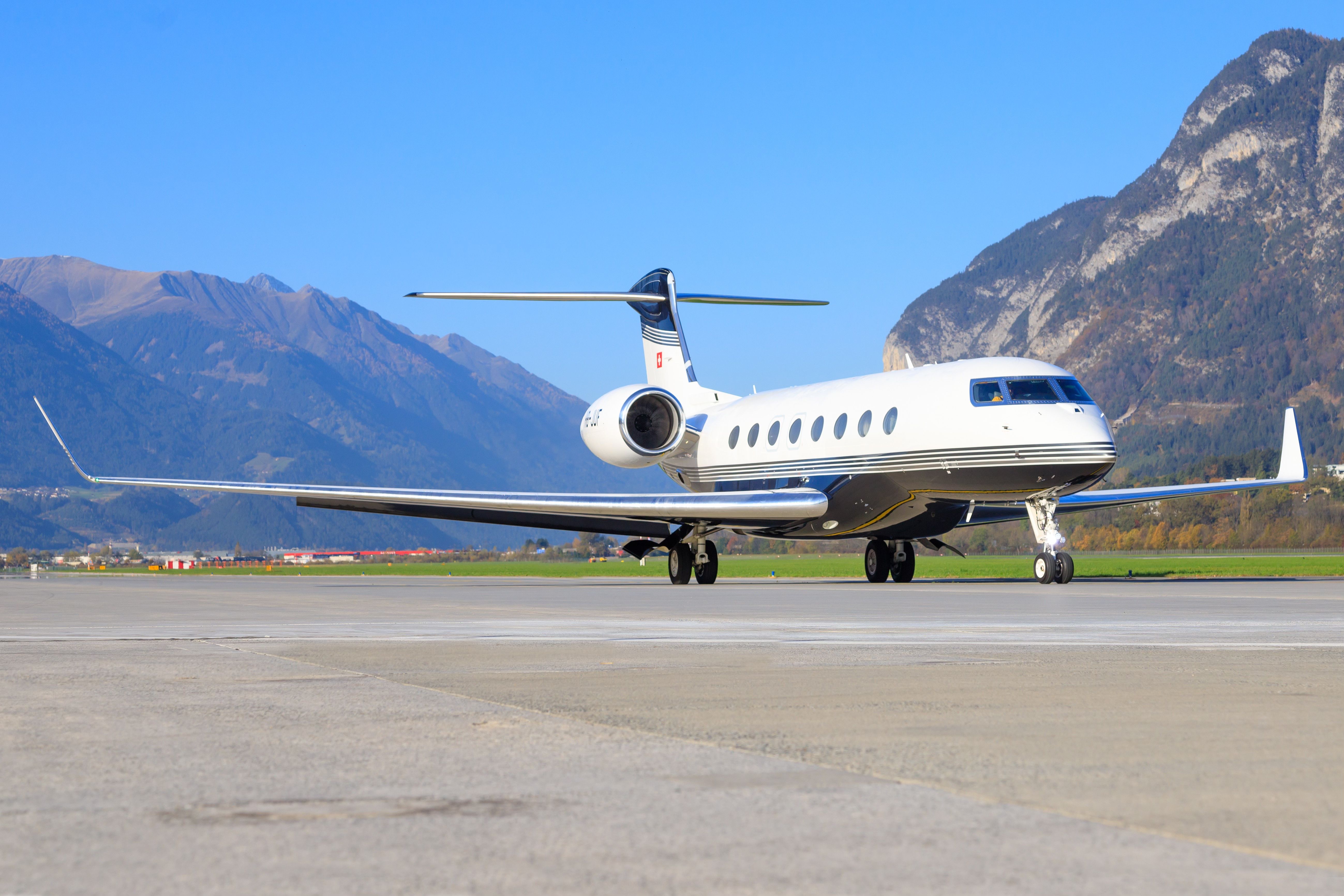
Related
What Does Fractional Jet Ownership Cost In 2024?
Fractional owners enjoy the perks of using their own aircraft without the financial burden of outright ownership.
How much does it cost to operate?
After reviewing the dedicated webpage on the ACC, it has been determined that the CIRRUS Vision SF50’s total variable costs amount to $396,450.00, while the total fixed costs come to $316,376.00. Considering an annual budget of $712,826.00 and 450 owner-operated hours per Year at a fuel cost of $ 6.00 per gallon, the hourly cost of operating the CIRRUS Vision SF50 is $1,584.06.
Photo: Cirrus Aircraft
Here is a full breakdown of the costs based on 450 Hours per Year
- Annual Owner Hours:450
- Fuel Cost:$6.00
- Total Fixed Cost:$316,376.00
- Total Variable Cost: $396,450.00
- Annual Budget:$712,826.00
- Total Hourly Cost: $1,584.06
There are ways to reduce these costs that owners can bear in mind. By chartering out the jet when not using it personally, they can generate revenue that effectively covers most hourly costs.
According to Business Jet Traveler, before chartering your aircraft, it’s essential to consider the revenue policies of the operators you’re dealing with. Some operators negotiate rates on a trip-by-trip basis, with the aircraft owner typically receiving around 85% of the revenue, from which all trip expenses must be paid. On the other hand, some operators pay owners a set hourly rate for using the aircraft. It’s worth noting that negotiation is possible in both cases. Still, it’s important only to squeeze the operator a little, as this may result in the operator having less incentive to charter out your aircraft than a similar one in their fleet that gives them a better return.
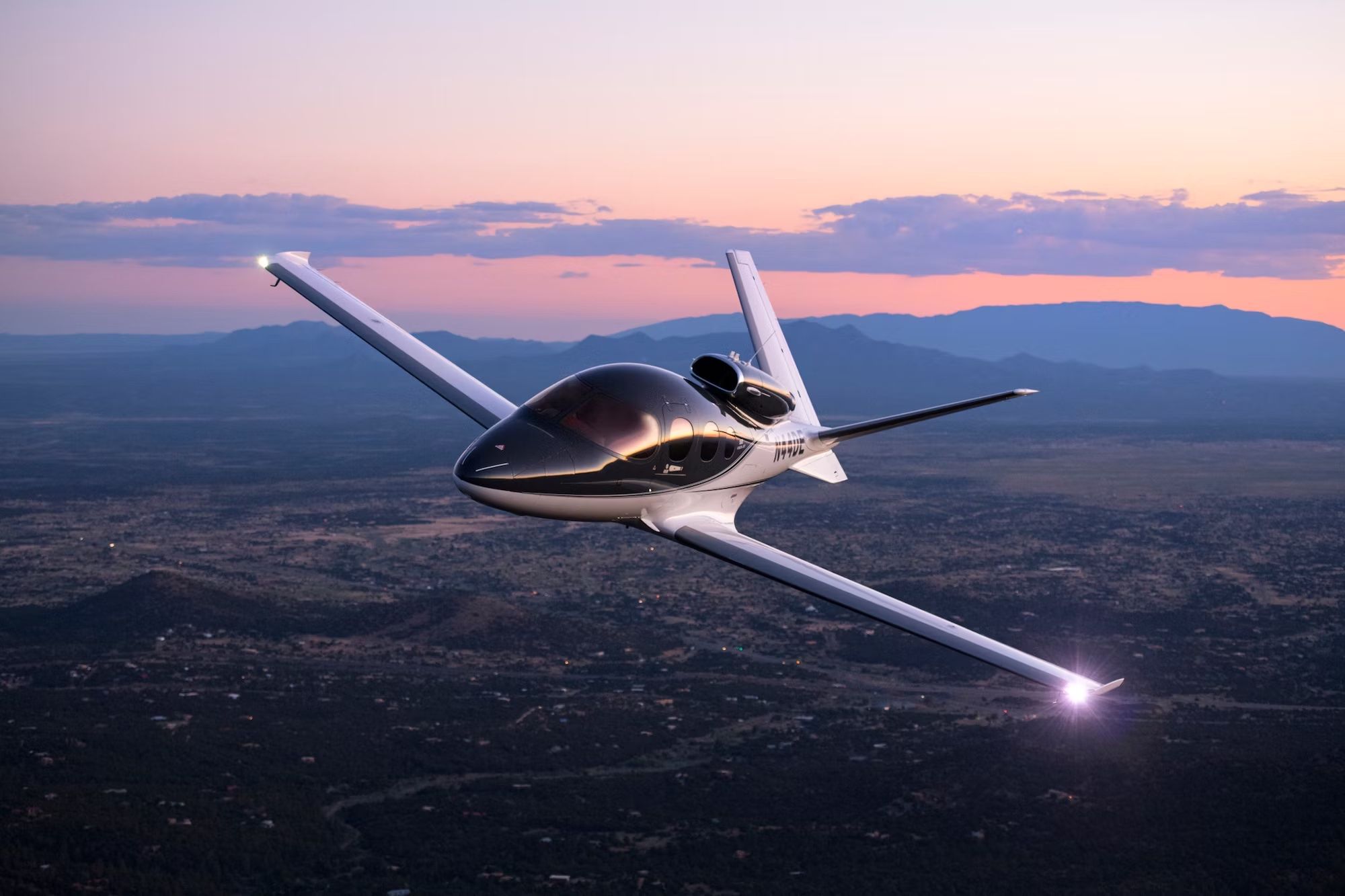
Related
5 Reasons Why The Cirrus Vision SF50 Suits First-Time Private Jet Owners
The type has become a popular choice for many new aircraft owners.
What other jets can be cheap to operate?
We have briefly mentioned one of the above, but many jets can be seen as severe competitors to the SF50: The Hondajet, Citation M2, are two of which we will briefly touch upon.
Hondajet
The Japanese light jet
The HondaJet is a prominent light business jet that has gained recognition in the industry. Its development dates back to the late 1980s, even before the official formation of the Honda Aircraft Company. Honda initiated research on new designs for a light business jet in the late 1980s, which was later tested at the Mississippi State University Raspet Flight Research Laboratory in the early 1990s. Eventually, Michimasa Fujino, the lead designer and head of the early research project, finalized the design of the modern HondaJet in 1999.
Here are some key characteristics
- Capacity: 7 pax
- Wingspan: 39 feet
- Typical cruise speed: 422 knots (486 miles per hour)
- Range:1,547 nautical miles (1,780 miles)
- Operational cost: $2,053.65 per hour.
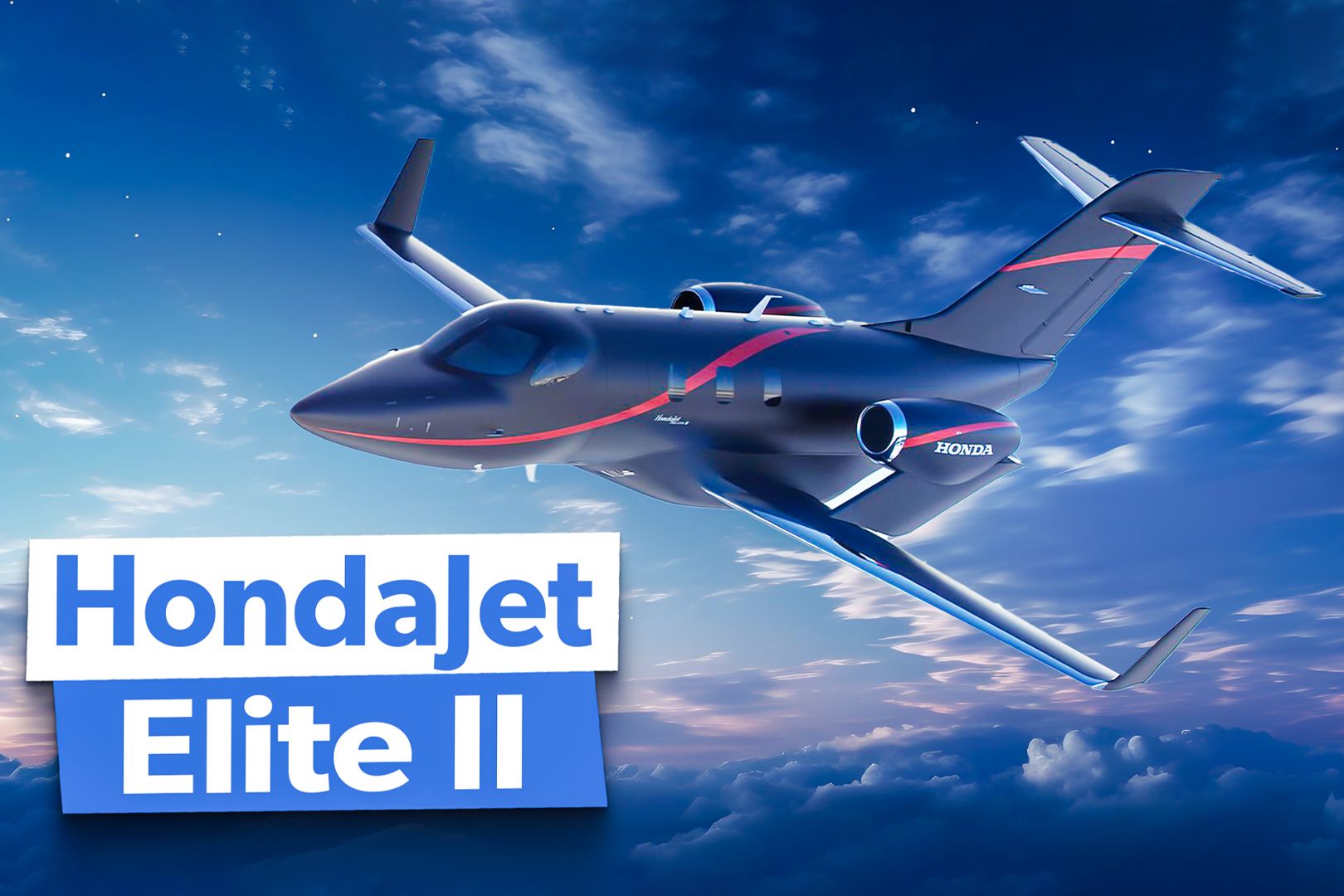
Related
Most Recent HondaJet: A Guide To The HondaJet Elite II
The type was first introduced in late 2022.
The Citation M2 Gen 2
The latest generation of Mustangs
Photo: Textron
In September 2011, Cessna reintroduced the CJ1 with a complete upgrade, which was later renamed Citation M2. The upgraded aircraft included improved engines, a redesigned cabin layout, and a modernized Garmin G3000 avionics system. Additionally, winglets were added to enhance fuel efficiency and reduce fuel burn.
The first flight of the Citation M2 prototype took place on March 9, 2012. It was later certified and entered into service in 2013. As a result of the introduction of the Citation M2, the Citation Mustang was discontinued, and the former became Cessna’s new entry-level business jet. The aircraft was also registered as the 525 series from serial number 800 onward.
Today, the jet has been further improved as the Citation M2 Gen 2 which was launched a decade after the first generation model.

Related
5 Unique Features On The Cessna Citation M2
The Citation M2 is also known as the Citation CJ1.
Here are some key characteristics
- Capacity: 8 pax
- Wingspan: 47 feet
- Max cruise speed: 404 knots
- Range:1,550 nautical miles
- Operational cost: $2,589.86 per hour.
Bottom Line
By comparing and contrasting two of its main competitors, we can see that the HondaJet is the cheapest private jet to operate today. Owners wishing to recoup some of the operational costs and maybe even profit from the jet can also consider chartering out using various brokers and operators in their area.
What do you think of the operational costs of the jet? Does it surprise you? Which jet did you think was the cheapest? Don’t hesitate to let us know in the comment section below.

